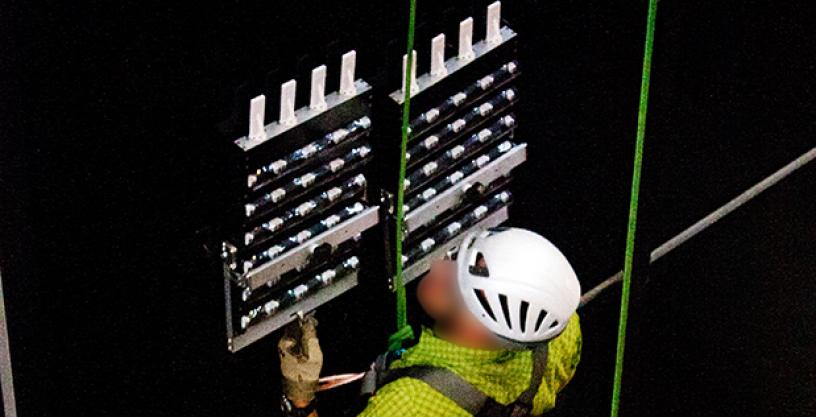
Program Summary
U.S. warfighters operate in all manner of environments, including tight urban terrain. The safety and effectiveness of the warfighter demand maximum flexibility for maneuvering and responding to circumstances. To overcome obstacles and secure entrance and egress routes, warfighters frequently rely on ropes, ladders and related climbing tools. Such climbing tools cost valuable time to use, have limited application and add to the load warfighters are forced to carry during missions. The Z-Man programs aims to develop biologically inspired climbing aids to enable warfighters to scale vertical walls constructed from typical building materials, while carrying a full combat load, and without the use of ropes or ladders.
Geckos, spiders and small animals are the inspiration behind the Z-Man program. These creatures scale vertical surfaces using unique systems that exhibit strong reversible adhesion via van der Waals forces or hook-into-surface asperities. Z-Man seeks to build synthetic versions of these biological systems, optimize them for efficient human climbing and use them as novel climbing aids.
"Geckskin" was one output of the Z-Man program. It was a synthetically fabricated reversible adhesive inspired by the gecko's ability to climb surfaces of various materials and roughness, including smooth surfaces like glass. Geckskin was a stiff fabric impregnated with an elastomer that "draped" over a surface to maximize compliance with the surface while reducing compliance in the load direction, thus enabling increased adhesion. A proof-of-concept demonstration in 2012 showed that a 16-square-inch sheet of Geckskin adhering to a vertical glass wall could support a static load of up to 660 pounds.
Separately, DARPA also supported development of a Gecko-inspired product developed by Draper Laboratory. That "Gecko Nanoadhesive" product has gone through further development throughout the duration of the DARPA Z-Man program and continues to be the focus of work at DARPA.
This program is now complete
This content is available for reference purposes. This page is no longer maintained.
